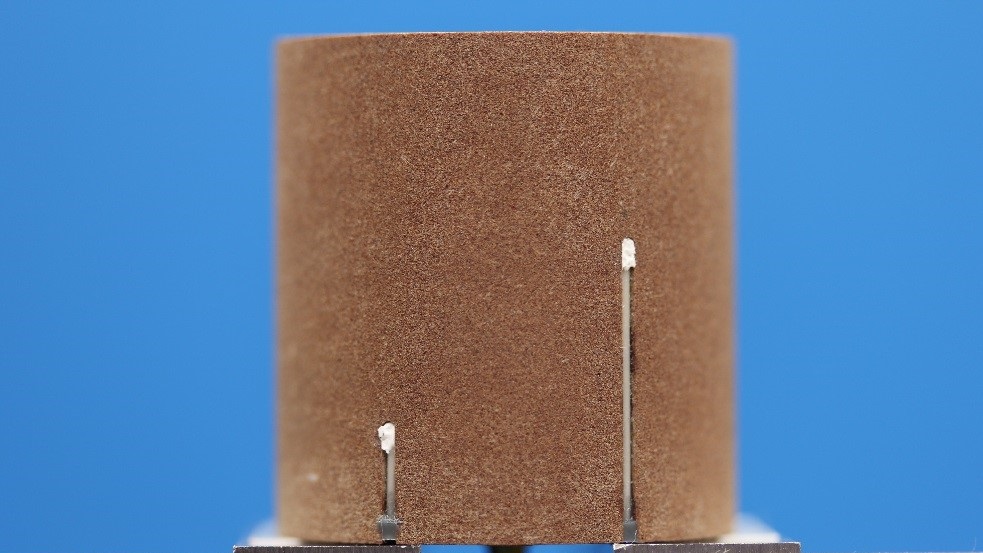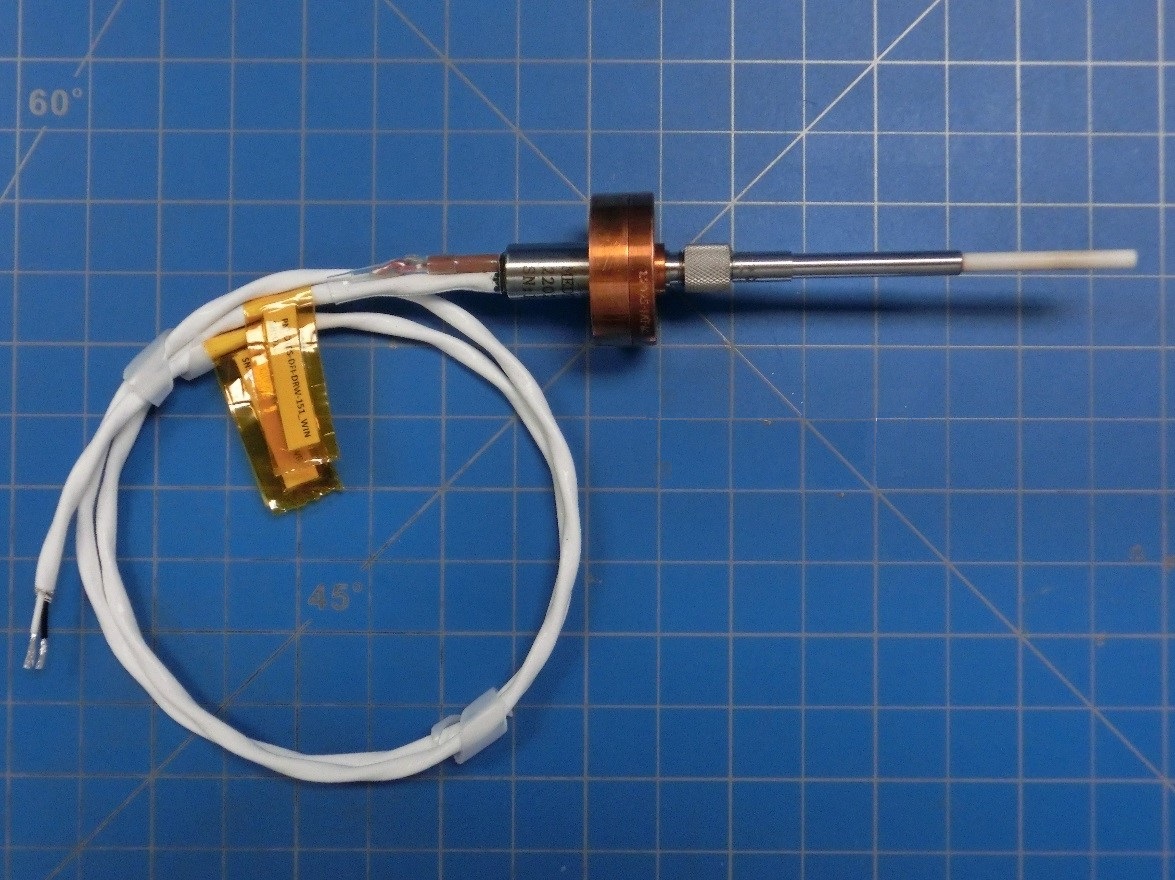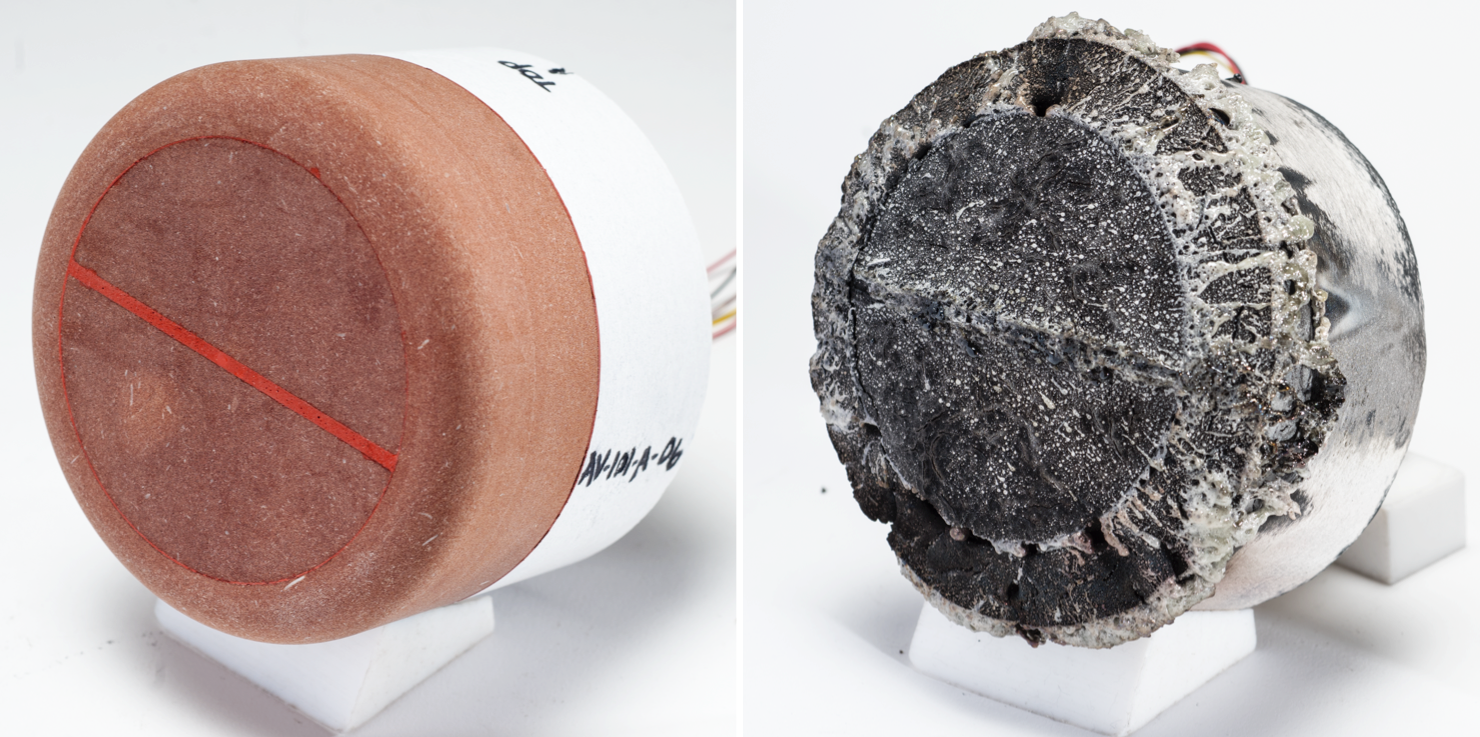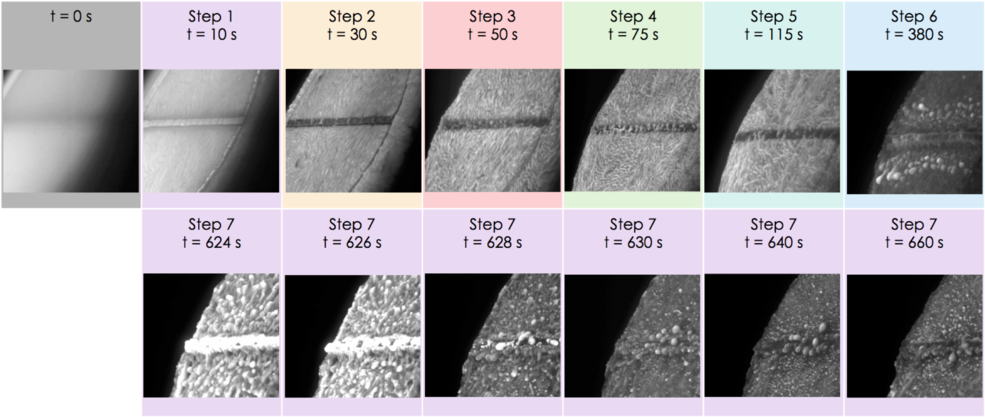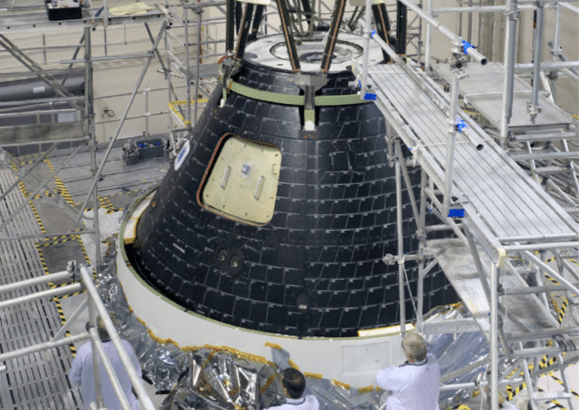The Human Exploration and Operations Mission Directorate provides the Agency with leadership and management of NASA space operations related to human exploration in and beyond low-Earth orbit.
Orion EM-1 Heat Shield Development Flight Instrumentation (DFI)
The baseline Orion Exploration Mission #1 (EM-1) Heat Shield Government Furnished Equipment (GFE) Developmental Flight Instrumentation (DFI) sensor suite consists of four subsystems: Avcoat thermocouple (TC) plugs, Radiometers, a Flush Air Data System (FADS), and Kulite sensors. To support flight test objectives related to aerothermodynamics and thermal protection system material performance, the TC plugs will measure near surface and in-depth Avcoat temperatures, while the radiometer will make measurements of incident thermal radiation. Information on Crew Module vehicle aerodynamics during the atmospheric entry phase will be obtained with the FADS subsystem consisting of commercial off-the-shelf Honeywell pressure transducers and two Kulite brand pressure sensors; there are also additional Kulite sensors on the leeward shoulder of the Crew Module to improve computational fluid dyunamic (CFD) tools that predict fluid flow over the shoulder of the vehicle. The Thermal Protection Materials Branch has made several major contributions to the EM-1 Heat shield GFE DFI project with roles in Project Management, Systems Engineering, and TC Plug and Radiometer Subsystem team leads. Work to date has included design, qualification testing, and flight hardware fabrication. Branch staff also led the Kulite qualification arc jet test effort. Hardware Acceptance Reviews for each one of the subsystems were successfully passed after presentations to the Orion Government Equipment and Materials Control Board (GEMCB). Installation of the flight TC Plugs onto the flight heat shield completed in December 2017 and installation of the remaining sensor subsystems will take place in early 2018.
Orion Thermal Protection Systems (TPS)
After successful completion of the Orion Exploration Flight Test 1 (EFT-1) in December 2014, the Orion program conducted various trade studies across subsystems to identify potential improvements for Orion’s subsequent mission, Exploration Mission 1 (EM-1). The program concluded that a block heat shield architecture, comprising a tiled layout of molded Avcoat blocks, would be a more suitable thermal protection system (TPS) than the honeycomb Avcoat heat shield that was flown. The molded Avcoat would facilitate greater control over manufacturing while granting higher confidence in the performance of Orion’s TPS relative to the EFT-1 heat shield.
The tiled layout, which is designed to prevent adjacent blocks from contacting under thermal expansion, requires a gap filler to inhibit flow penetration between the molded Avcoat blocks. RTV-560 was ultimately selected as the gap filler for EM-1. Unlike the EFT-1 heat shield, which experienced fairly uniform recession rates between the honeycomb and the ablator, disparate recession rates between the gap filler and molded Avcoat is expected to produce differential recession in the EM-1 heat shield. Differential recession can be revealed as fencing in the event that the gap filler recedes slower than Avcoat or gapping in the event that the gap filler recedes faster than Avcoat. Differential recession at the block interfaces can pose risks such as augmented heating and earlier transition to turbulence. Given that low heating governs the latter part of the EM-1 trajectory and the gap filler is more robust than the ablator at relatively low surface temperatures, fencing is expected to dominate the surface response across the heat shield.
For EM-1, capturing the coupled nature of fences and environments is important when considering the risks related to fencing. The development of fencing highly depends on the flight environment since recession rates vary with heating, pressure, and shear. At the same time, local heating environments depend on the fence height given that a protuberance can influence heating augmentation and transition to turbulence, which in turn affects downstream environments. So, sizing the updated Orion TPS architecture is achieved by using fencing inputs based on test results to generate local heating environments that depict the augmented heating distribution and transition effects across the heat shield.
In order to develop the fencing models required for sizing inputs, Branch staff investigated fencing via arc jet tests in the Aerodynamic Heating Facility (AHF) using the 10-MW TP3 arc heater at NASA Ames Research Center. The primary objective of these tests was to obtain fencing profiles using flat-faced stagnation models for a wide range of heating profiles. Each heating profile was simulated through seven constant arc-heater conditions or steps. Various approaches and techniques were used to characterize the surface response resulting from heating-profile tests to produce a set of differential recession profiles that inform fencing development.
In addition, Orion uses RCG coated tiles for the back shell TPS. The tiles and coatings were developed in Branch to support the shuttle program.




























